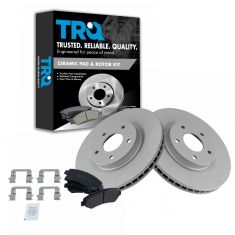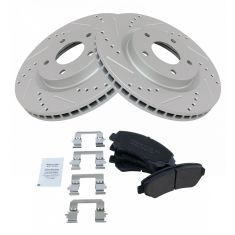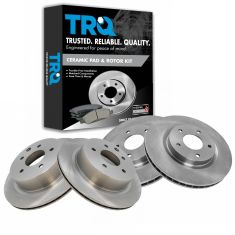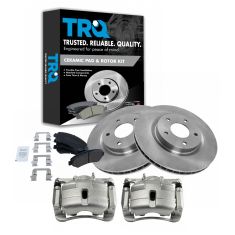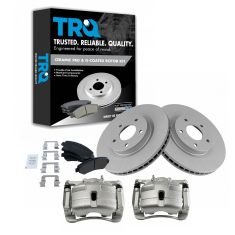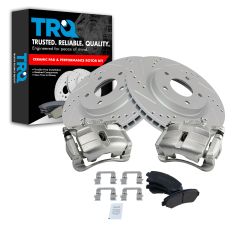1ABFS00828-Nissan Rogue Rogue Select Sentra Front Ceramic Brake Pad & Rotor Kit TRQ BKA10856
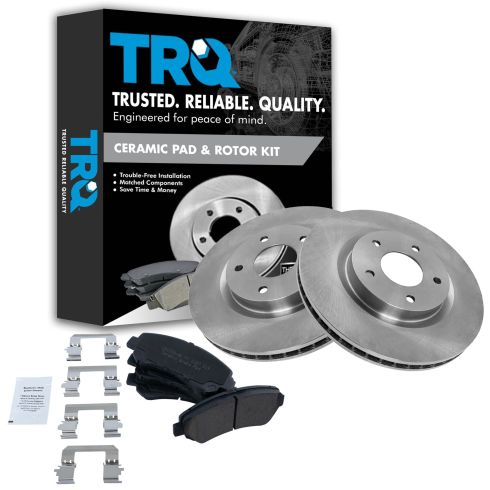
Replaces
2013 Nissan Rogue Front Ceramic Brake Pad & Rotor Kit TRQ BKA10856

You may also like
Product Reviews
Loading reviews
4.61/ 5.0
18
18 reviews
Sheldon Manus
August 22, 2020
Always the right parts and reasonable prices very satisfied thank you
Brakes and Rotors
October 20, 2020
Excellent quality at a great price. Shipping was fast. No complaints.
Parts ordered
November 19, 2020
Very easy to order parts online once received the parts were exactly what I ordered so I would highly recommend 1A auto parts.
Good product
September 14, 2021
All needed parts were included in the package. Assembly was easy and we now have good brakes. Service was fast!
Good product, nice fit
September 27, 2021
You guys just rock....The brake parts delivered to me were fit very nicely. In fact, yesterday afternoon first I learned about how to jack my car. By evening, I was able to change front brakes of both of my wheels. All this was possible due to following the videos posted by 1AAuto. I just followed all steps, and work was done very precisely. Will post more reviews about durability of these products but so far its nice.
October 21, 2021
Great fit perfect just I didnt find the brake grease
November 21, 2021
Good product. I would recommend
April 7, 2022
they work quietly
April 26, 2022
Perfect fit
May 25, 2022
Break pads and rotors are making noise while pressing the break. I don't know what's wrong with them
Only lasted 4 months, I drive 5-12 hours a day.
September 28, 2022
These break pads and rotors lasted me only about 4 months. I would take advantage of the warranty, but seriously whats the point if 4 months down the line I will have to get them replaced. The labor at the repair shop is not cheap.
Great Fit
January 1, 2023
Great deal-Fit Perfect-Brakes Great !!!!
April 27, 2023
So far so good fits like a glove and functions as it should at a good price
Cheaper than the local auto parts.
Great Price
October 30, 2023
So far no problems, no squeaks
went in no problems works good
December 7, 2023
went in as they should works great no problems
January 20, 2024
Very good products with fast shipping
March 19, 2024
It was great,packing was really good not damaged and product was very good and clean ????????
very satisfied, excellent product
March 22, 2024
excellent product, excellent customer service , fast shipping
Customer Q&A
No questions have been asked about this item.
Nissan is a registered trademark of Nissan Motor Co., Ltd. 1A Auto is not affiliated with or sponsored by Nissan or Nissan Motor Co., Ltd.
See all trademarks.









